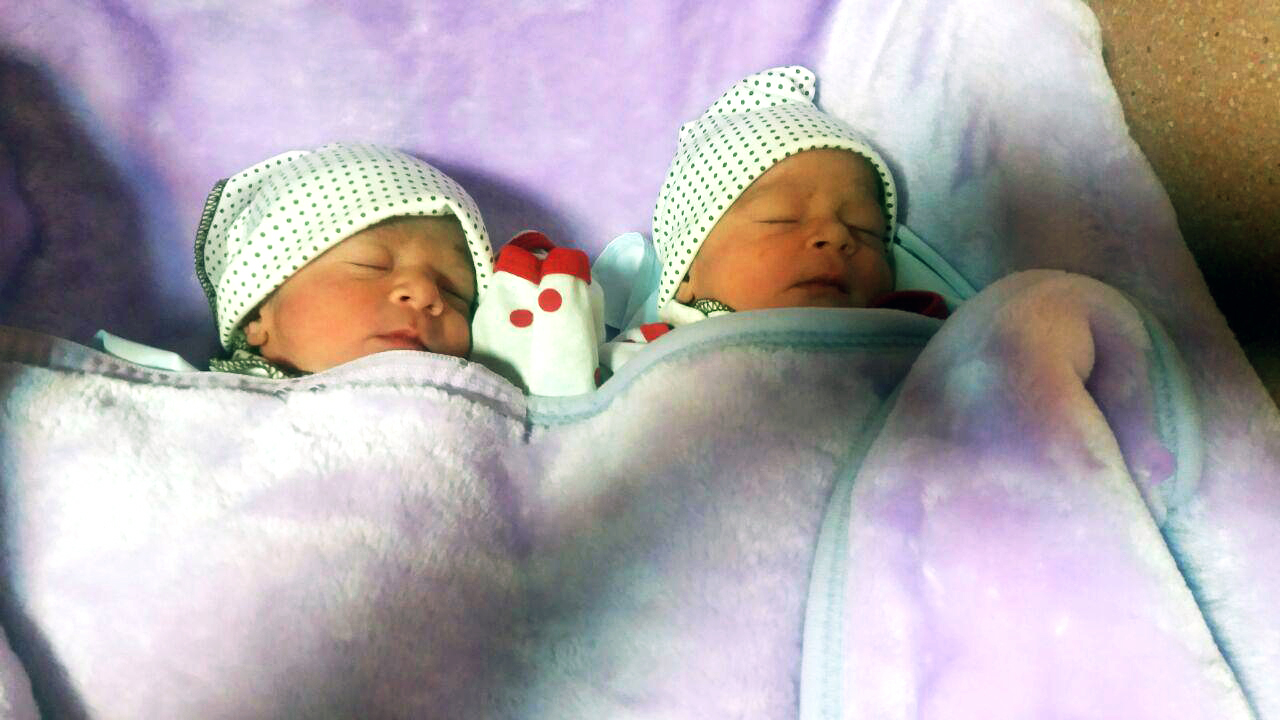During the past three decades maternal mortality ratio (MMR) in Iran has fallen from 240 maternal deaths per 100,000 live births in 1990 to 19 deaths per 100,000 live births in 2015. However, the rate is still high in some deprived areas including Sistan and Baluchestan Province.
Maternal mortality is defined as the death of a woman during pregnancy, childbirth or within six weeks after birth.
Currently, 14% of all maternal deaths in the country occur in Sistan-Baluchestan Province, where 3% of Iran’s 80 million people live and which constitutes around 7% of all births, Mehrkhane, a website covering women-related news, reported.
“The main reasons behind the high MMR in the province are postpartum hemorrhage, infections during pregnancy, and other underlying illnesses,” said Dr. Mahmoud Reza Miri, head of Zahedan University of Medical Sciences.
“Unfortunately, despite progress in facilitating access to health centers for pregnant women in Sistan since 2014 (when the Health Reform Plan was launched), some women still give birth at home and with the help of people who lack even basic midwifery skills,” he said.
“Midwives and trained health workers who have been sent to the province can do a lot – services that cannot be performed by unskilled people,” he said.
He pointed to practicing good hygiene to reduce the risk of infection, injecting oxytocin immediately after childbirth to reduce the risk of severe bleeding, and identifying and addressing potentially fatal conditions like pregnancy-induced hypertension as measures that midwives are expected to take.
As per figures released by the Iranian Association of Midwifery, there are 36,000 midwives in the country, and each year 1.5 million births are registered, which means there are 24 midwives per 1,000 births every year.
In November 2016, as a part of the Health Reform Plan and the aim to promote equitable distribution of healthcare professionals across the country, 2,000 specialists in 27 different medical fields were sent to 580 state-run hospitals in 378 cities.
Earlier Mohammed Aqajani, deputy health minister for treatment, said that the measure can significantly improve access to quality healthcare “at least for a specific period of time since doctors return to their original place of work after completion of field services”.
Around the World
Maternal deaths around the world dropped from about 532,000 in 1990 to an estimated 303,000 in 2015, according to a report released by World Health Organization.
This equates to an estimated global maternal mortality ratio of 216 maternal deaths per 100 000 live births, down from 385 in 1990.
Despite global improvements, only nine countries achieved the MDG 5 target of reducing the maternal mortality ratio by at least 75% between 1990 and 2015. Those countries are Iran, Bhutan, Cabo Verde, Cambodia, Lao People’s Democratic Republic, Maldives, Mongolia, Rwanda and Timor-Leste, said Dr Flavia Bustreo, WHO assistant director for general, family, women’s and children’s health.
The greatest improvement of any region was recorded in Eastern Asia, where the maternal mortality ratio fell from approximately 95 to 27 per 100 000 live births (a reduction of 72%). In developed regions, maternal mortality fell 48% between 1990 and 2015, from 23 to 12 per 100 000 live births.


